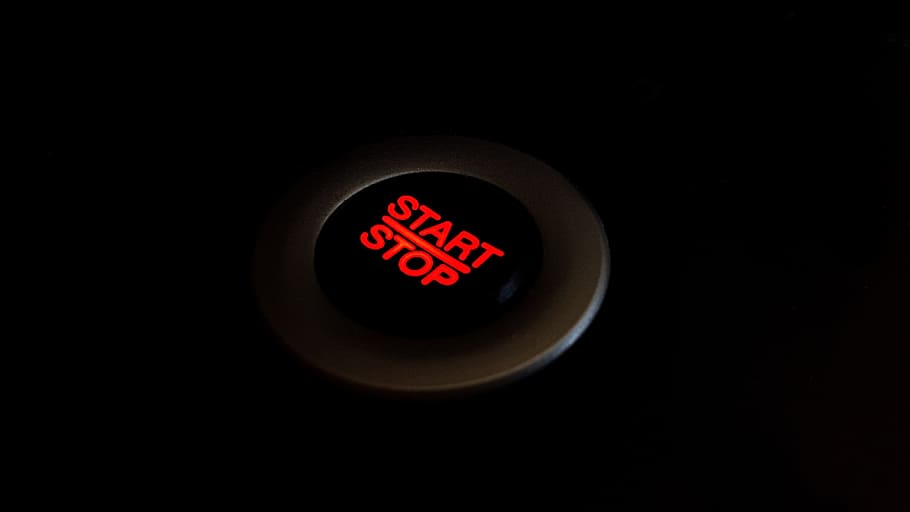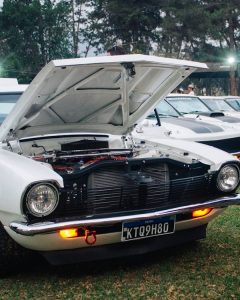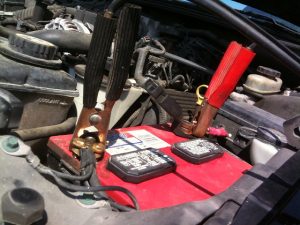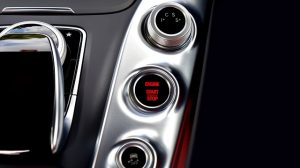Many car manufacturers have developed a new technology for today’s vehicles, the Stop and Start system. Let’s look at how it works, its advantages, disadvantages and maintenance.
Stop and Start system: principle and operation.
The Stop and Start system is a device that is increasingly used on new car models.
Its principle is to cut the engine automatically when the car stops or idles. The engine stops running when the driver activates the clutch pedal, and the gear is in neutral.
To restart the engine, the driver puts the car in gear after disengaging the clutch and engaging the clutch without using the ignition key since he or she is accelerating.
The Stop and Start system is easy to use and practical when vehicles frequently stop, especially in urban areas or in traffic jams.
What are the different types of Stop and Start systems available?
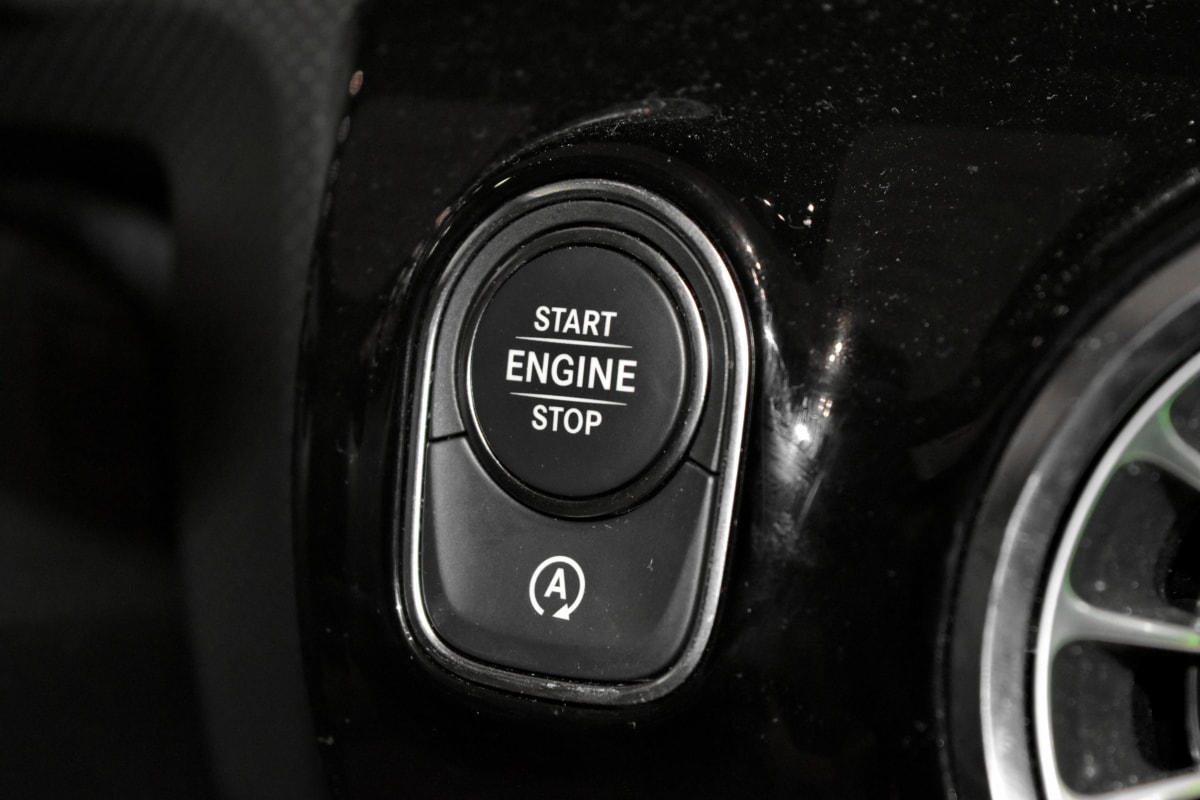
Two types of Stop and Start systems are available:
1. With reinforced starter is the most common system that starts the vehicle when the driver engages the clutch.
2. With starter-alternator is a much more efficient and comfortable process than the previous one since it reduces vibrations when the vehicle is restarted. In addition, it cuts the engine at speeds below 10 km/h, whereas the standard version only cuts the engine at speeds below 5 km/h. Of course, the vehicle still runs – engine off – until the driver brakes.
Some manufacturers include a Stop and Start System in their automobiles, which shuts down the engine when the vehicle slows down below 20 km/h.
Advantages and disadvantages of Stop and Start
The Stop and Start system is proper when you drive mainly in urban areas and are regularly confronted with traffic jams. In these cases, fuel consumption is reduced by 5 to 15%. In addition, CO2 emissions are reduced, which is good for the environment.
On the other hand, this system is not very useful for long journeys on roads or freeways, apart from traffic jams. The same is true if the duration of each stop is less than five seconds.
On the other hand, the price of this device is relatively high. Depending on the vehicle model, the installation cost is generally between $600 and $2,200.
Good to know: the Stop and Start system is fitted as standard on some recent vehicle models, which saves the cost of installation. However, it is essential to note that a model equipped with the system costs more than a model that does not have this device.
How to maintain the Start and Stop system?
As mentioned above, when the vehicle is constantly being restarted, the starter motor and battery have a much shorter life expectancy than in the case of a vehicle not equipped with the Start and Stop system.
In addition, the vehicle must be equipped with an AGM or EFB battery, which is 40 to 60% more expensive than a standard battery since this type of battery has a much lower self-discharge rate. However, these AGM and EFB batteries are recommended for a vehicle equipped with the Start and Stop system.
Good to know: To avoid interruptions and unexpected restarts in traffic circles, use the specific button on the dashboard to disconnect the Start and Stop system. This precaution limits wear and tear on the starter and battery.
Hope this comprehensive guide has equipped you with all the necessary insights into the Start and Stop system. Whether you’re a seasoned auto enthusiast or just diving into the world of vehicle technology, we’d love to hear about your experiences and thoughts. Feel free to share your insights in the comments below, and let’s continue the conversation on optimizing our driving experiences.

